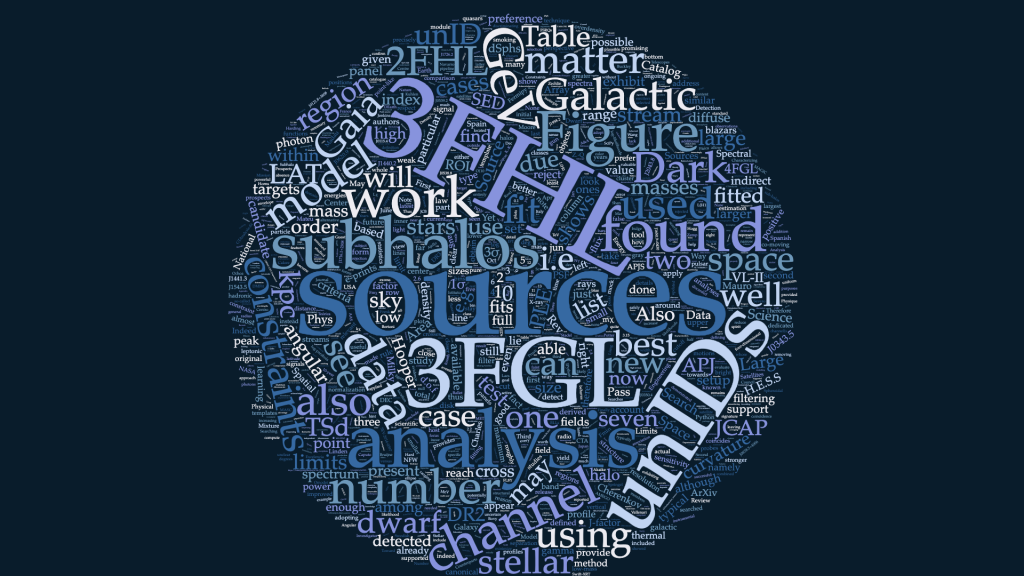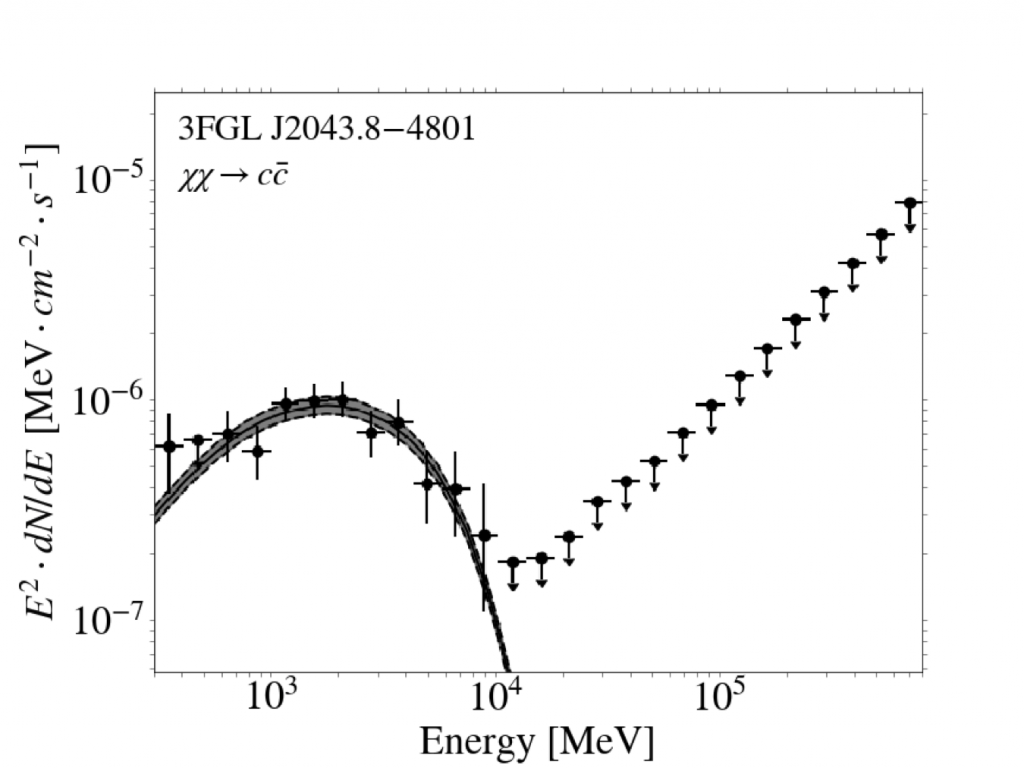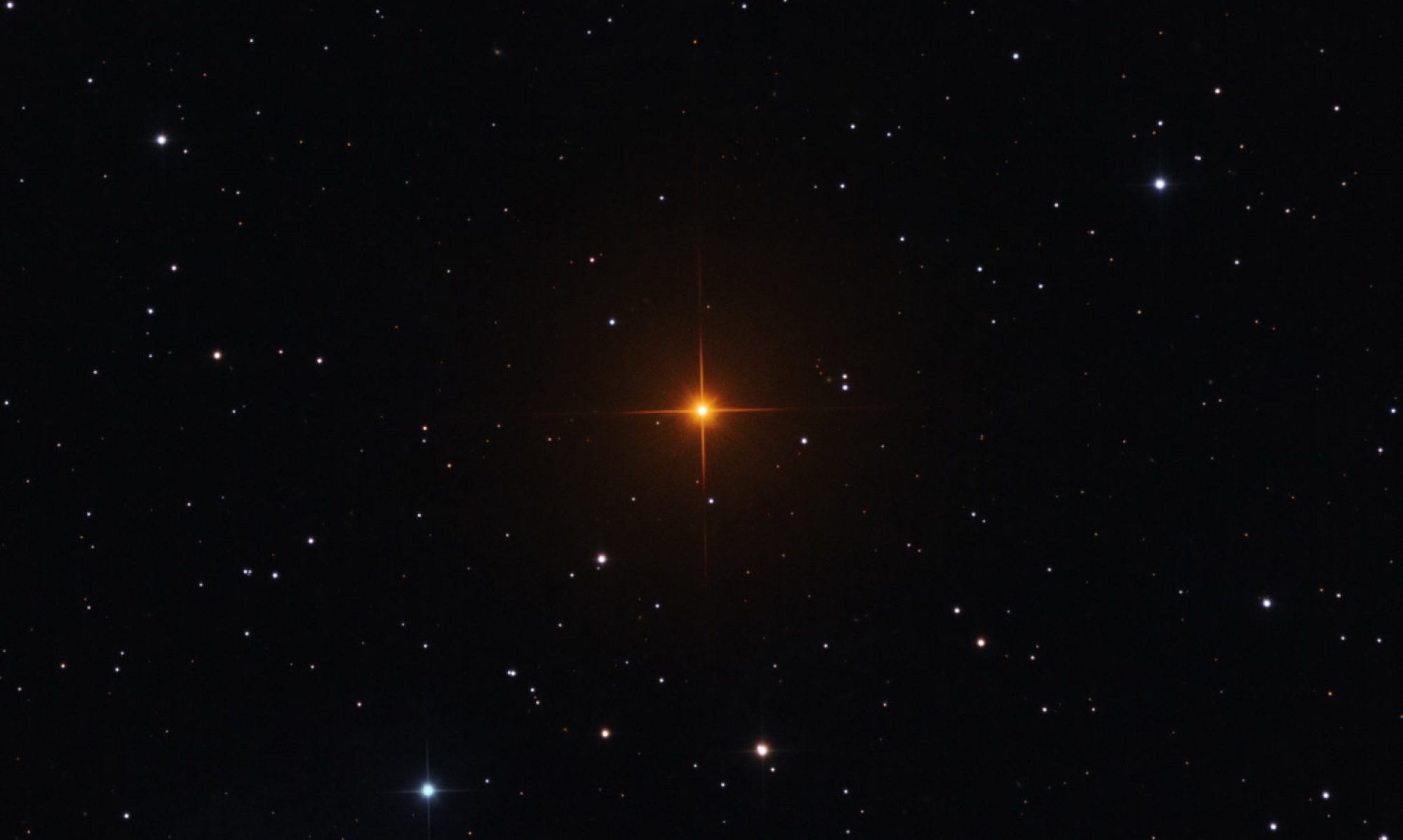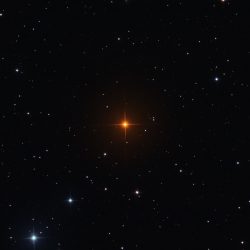[Javier Coronado-Blázquez, Miguel A. Sánchez-Conde, Mattia Di Mauro, Alejandra Aguirre-Santaella, Ioana Ciucă, Alberto Domínguez, Daisuke Kawata, Néstor Mirabal]

Written by Javier Coronado-Blázquez.
Summary of the paper with the same title accepted by JCAP.
arXiv: 1910.14429
Fermi-LAT unidentified sources (unIDs) are very promising targets for indirect dark matter (DM) searches of subhalos, which would appear as this kind of objects in the gamma-ray sky. In a previous work, we found that among the 1235 unIDs in Fermi-LAT catalogs (3FGL, 2FHL and 3FHL) only 44 are DM subhalos candidates (see https://projects.ift.uam-csic.es/damasco/?p=61). Here, we perform a detailed spectral analysis to test whether these remaining sources are compatible or not with a DM origin. This analysis is executed using almost 10 years of Pass 8 Fermi-LAT data, which maximizes the response and sensitivity of the instrument.
As a result, none of the unIDs are found to significantly prefer DM-induced emission compared to more conventional astrophysical sources. Previous constraints on the DM annihilation cross section are updated and improved with the new number of remaining DM subhalo candidates among unIDs, becoming closer to the famous LAT dSphs limits.
Additionally, in order to discriminate between pulsar and DM sources, which have a very similar spectrum, we developed a new method based on the source’s spectral curvature, peak energy, and its detection significance, which turns out to be specially useful for bright sources.
We also look for spatial extension, which may be a hint for a DM origin. In fact, according to our N-body simulation studies of the subhalo population, the brightest subhalos should appear as extended in the sky, maybe as large as 10º. Nevertheless, we did find no evidence of spatial extension for any of our best candidates.
Finally, we used Gaia DR2 data to search for a potential stellar counterpart to our best DM subhalo candidates, if one of them once hosted a dwarf galaxy. Due to tidal forces induced by gravitational interaction with the DM host halo, the subhalos can be torn into a stellar stream, a filament of stars orbiting the Milky Way halo. Finding evidence of an unID in one of these streams would reinforce the DM hypothesis. Although no firm associations could be found, one of our candidates coincides with the Sagittarius stellar stream.


